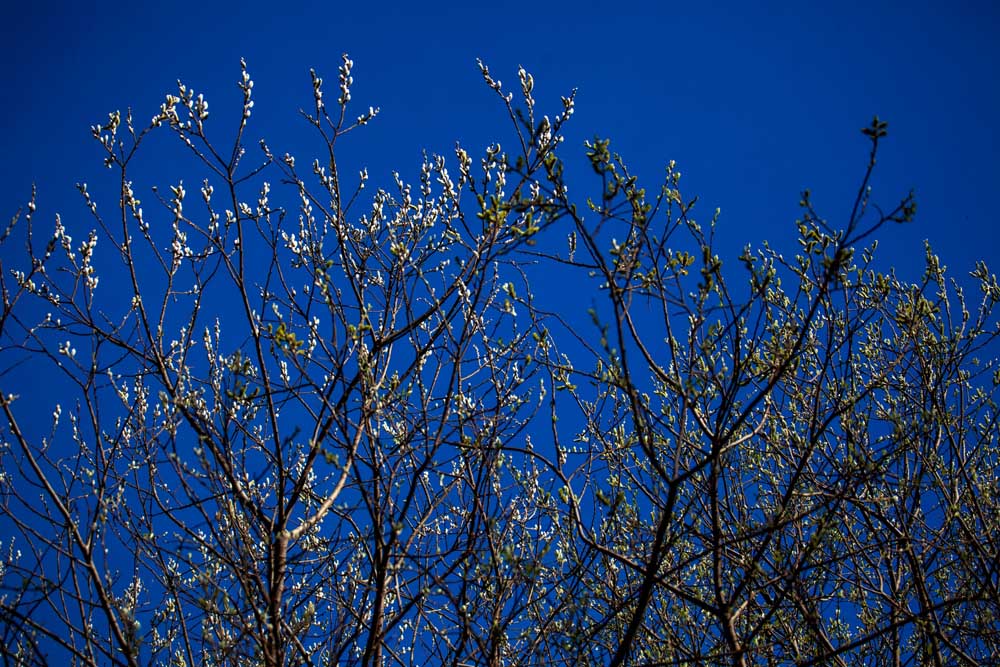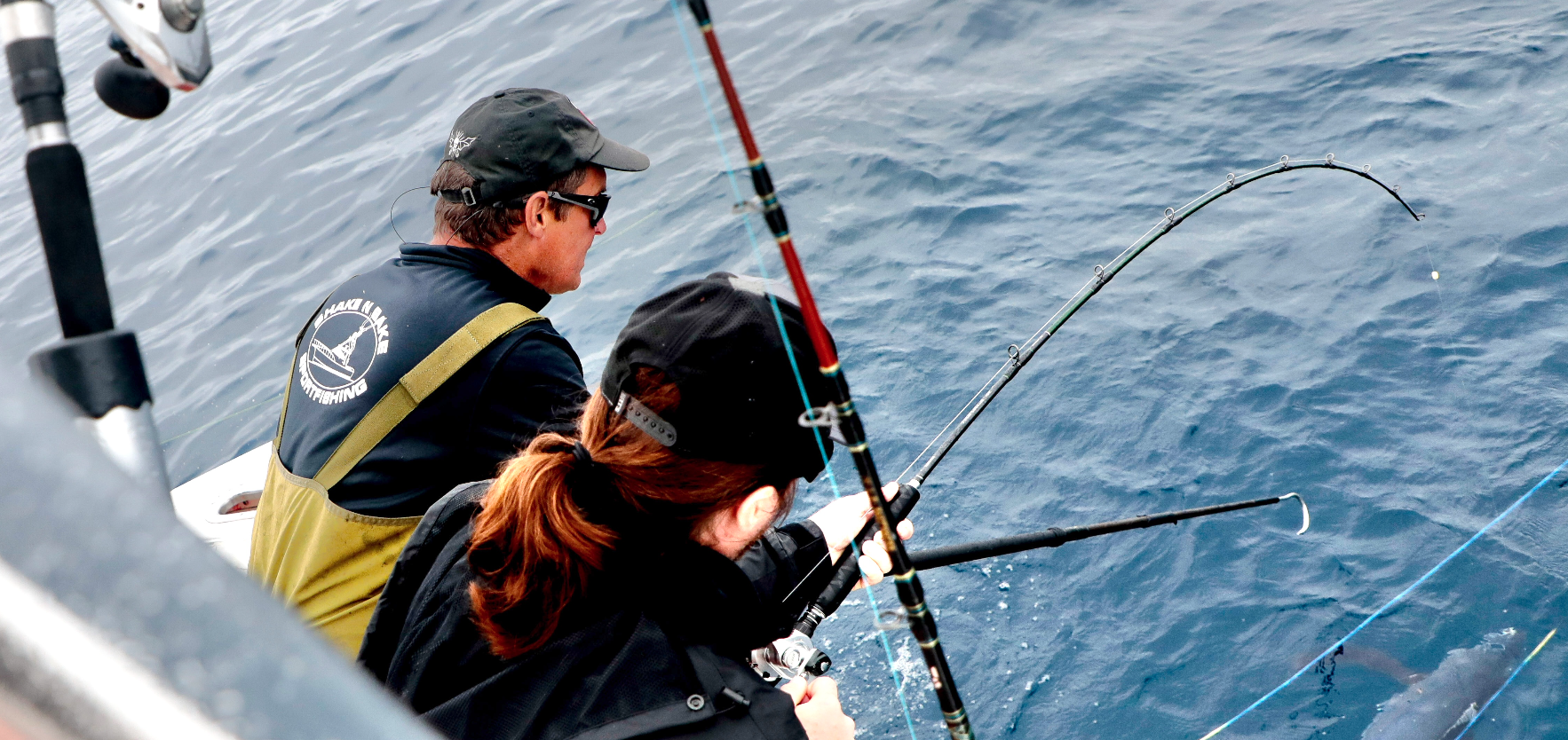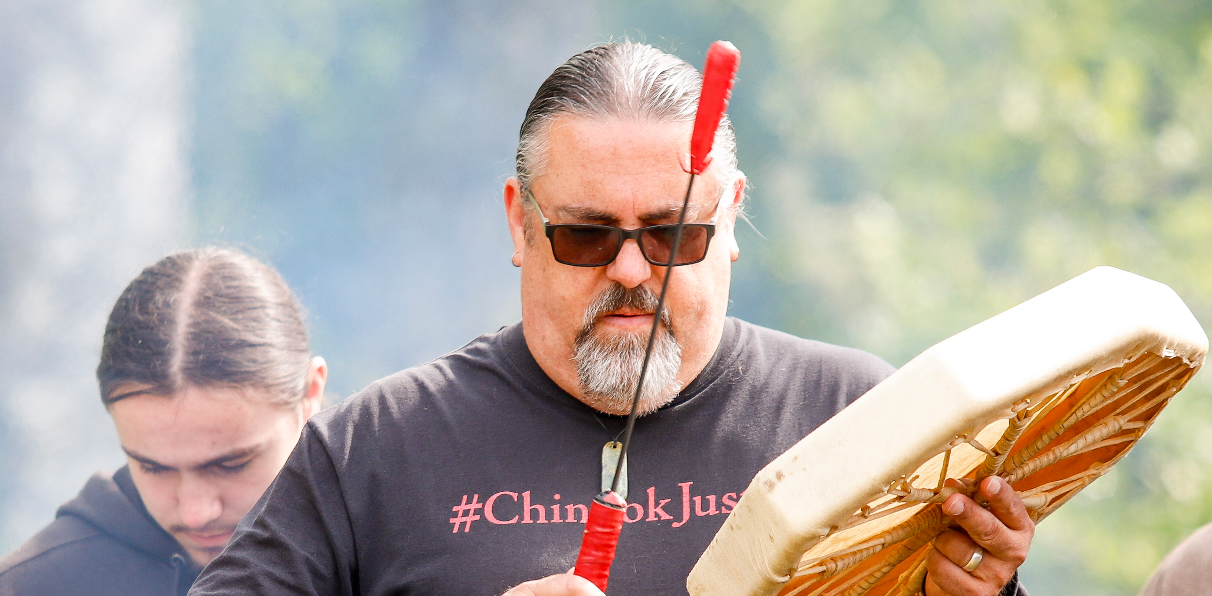Building ‘fish hotels’ on the Wallacut
Published 9:12 am Tuesday, September 27, 2016

- Willow trees and their blossoms rise toward the skies at the Wallacut estuary in a photo taken this spring.
ILWACO — For most people, watching the slow trickle of water into a newly-breached tidal channel is not exactly cause for celebration. But for Columbia Land Trust (CLT) stewardship Director Ian Sinks, it’s something pretty close to that.
Trending
“A fundamental enjoyment for me is watching water flow into these areas. It’s just satisfying. What’s it going to do? Where’s it going to go? It’s just satisfying,” said Sinks, who is overseeing the nonprofit conservation group’s effort to restore a critical piece of fish habitat at the mouth of the Wallacut River.
CLT purchased 113 acres of forested wetland at the spot where the Wallacut enters Baker Bay, in 2012. This scenic stretch of tidal estuary should be high-quality habitat for several species of juvenile fish, but it’s not, because a “push-up levee” has cut the river off from four channels that historically allowed tidal waters to flow in and out.
Now, the group is in the midst of a restoration project that will remove the bulk of the levee. Project leaders say that while the main goal is to create better salmon habitat, improvements to the estuary, channels and surrounding wetlands should also benefit a range of other fish species, and other animals. Over time, the restoration work should provide some flood-control and water quality improvements too. The $170,000 project is paid for with Bonneville Power Administration salmon conservation funds.
Trending
Since breaking ground on the project in early September, CLT workers have re-contoured and restored the four channels. They have breached one channel, and will open the other three to tidal flows within the next few weeks, Sink said.
Almost 100 years ago, farmers built a simple, but effective push-up levee, and installed dikes with tide gates that let water flow out, but not in. Over the years, this low-lying marshy forestland was drained and filled with sand. “Sweeny,” as it came to be known, supported a few farms, orchards and a bit of cattle grazing.
The levee did its job, but it also totally cut off the river from the land. Farmers loved it, but the salmon would pay the price.
“It disconnects all that habitat for fish,” Sinks said.
Scientists and conservationists are only beginning to understand the critical role that estuaries play in the life cycles of fish. Past restoration efforts often focused on spawning habitat, but research now shows that the tidal zones, where juvenile salmon spend time maturing before heading out to sea, are also very important to their survival.
When a river is reconnected to its historic floodplain, the free movement of water through tidal channels provides refuge for juvenile salmon. Cooler cleaner water is one draw for fish, but the buffet of organisms is another. A host of delectable invertebrates and bugs await the hungry swimmers.
“They come in. They feed. They get out of high flows. They get away from predators. They start to transition, especially in this stretch of the river, to the ocean,” Sinks explained.
Sinks said that, once complete, the restored habitat could benefit stocks of fish from the Columbia’s many tributaries, including the Grays and Chinook rivers. Coho, Chinook, steelhead and, potentially, chum salmon will all benefit, said Sinks. Sculpin, stickleback, starry flounder and other fish also will seek out the newly restored habitat.
“For a long time the thinking was that the estuary was just something the fish had to get through,” Sinks said. Now, that thinking has changed. “The idea is to make more of this habitat.”
The path from homestead to salmon habitat has been a long and winding one.
Sinks said a cultural archaeological review found evidence of a historic Native American presence in the area, so CLT workers will leave a few parts of the property untouched, to prevent an potential disturbance of archaeologically sensitive sites.
When homesteaders built the levee, about 100 years after Lewis and Clark passed through, cattle grazed and crops prospered sporadically. As better lands were developed elsewhere, ranchers and farmers gave up on Sweeny. The forest quickly returned, and the structures that dotted the site crumbled and dissolved. By the time CLT bought the land, just one decrepit house remained. It was soon demolished.
Sinks said the previous owner had purchased the site with conservation in mind. The stars aligned when CLT, a Vancouver-based group with about a dozen ongoing projects in Oregon and Washington, came looking for a project that could meet their goal of aiding salmon recovery. However, the project still probably would not have been possible without assistance from BPA.
Under the Endangered Species Act, BPA is required to mitigate the environmental impacts of hydropower development by paying for salmon recovery projects.
“Their objectives align with ours,” Sinks said. “Were not in business of mitigation, but we are a private non-profit focused on restoration.”
In late September, Sinks toured the site with Caitlin Alcott, a hydrologist and ecologist with Inter-Fluve, the firm that has provided the engineering and design for most of the project.
Alcott led Sinks hundreds of yards down the riverbank past all four channels, each just a few steps from completion. She explained how work crews had used an excavator to shave the roughly four to six-feet tall levee down in most places. Though the workers followed the contour of the land, and tried to avoid trees and other vegetation, most of the levee now resembles a flat, muddy track. She showed how the excavator operator used a stump and its attached rootwad like a brush to smooth out the track marks.
Henderson Construction is doing the heavy lifting with the help of Johnson and Son’s from Naselle.
Farther down river, Alcott showed Sinks one of the newly restored channels. The old fill sand had been removed, and the channel now cut a sinuous path through the shade of alders. In the future, CLT plans to plant some native spruce and evergreens along the banks.
Rainwater had filled in the newly restored channel and leaves were falling in the water. Bugs and birds were active around its banks.
“Pretty nice huh? If you’re a fish,” commented Alcott.
The two continued on to a more heavily forested spot where the first of the four channels was breached. Several fallen trees had been artfully placed in the channel. The logs will stabilize the channel banks and provide cover for juvenile fish, Alcott said.
“Fish hotels,” she added. “We call it rearing habitat.”
The water had already swept in and was now creeping its way back into the Wallacut, carrying with it, leaves, bugs and beetles.
“Fish can move in as soon as it’s open,” Sinks said. “A lot of the habitat functions start as soon as you reconnect land to water.”









